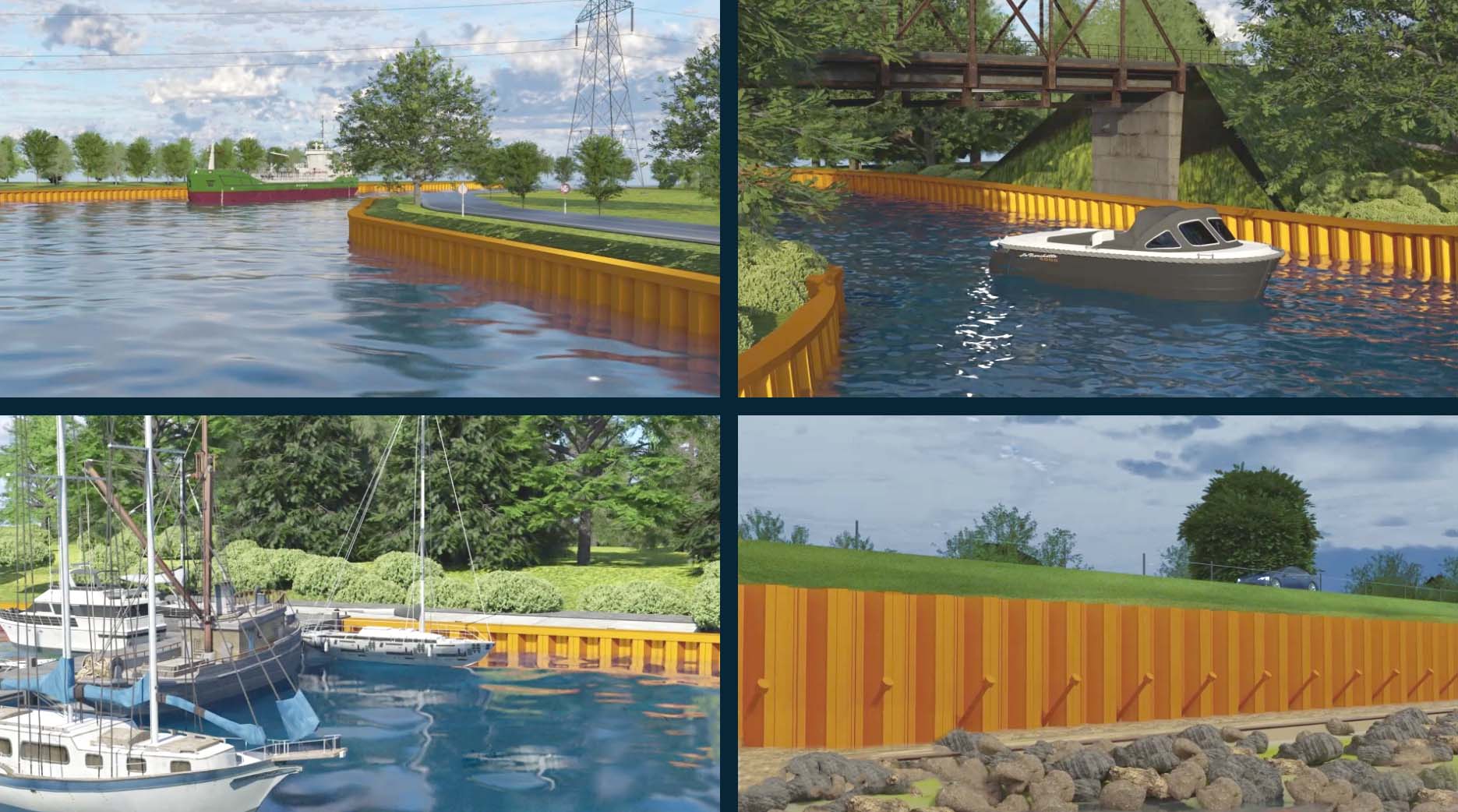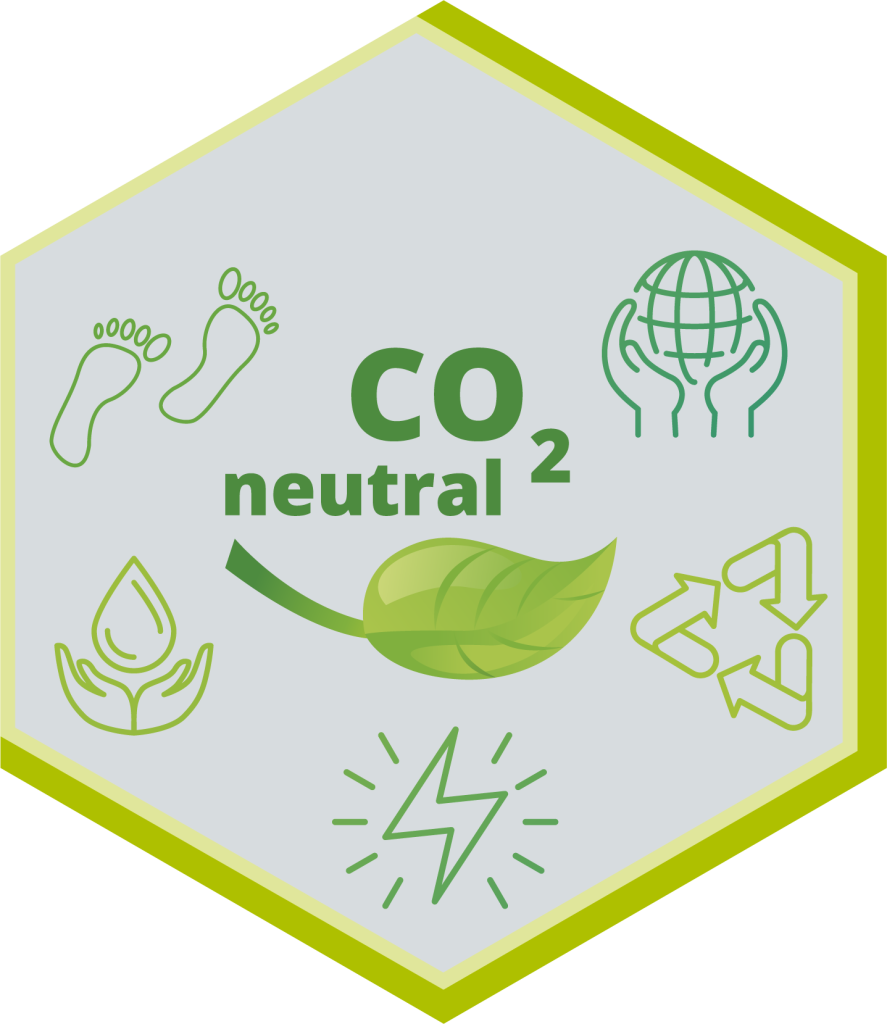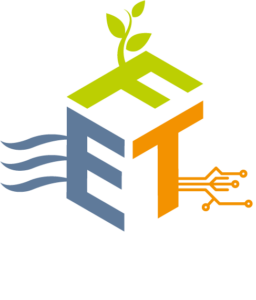
Booster of near-surface geothermal energy: Thermally activated sheet pile walls
No matter whether heat or energy transition: Our innovative & patented energy sheet piles use the existing and previously unused potential – resource-saving, emission-free and sustainable.

We enable the transition – without compromise
We don’t have to explain it: You know it. The still increasing hunger for energy damages the environment. And now we also face intensified political crises. That calls into question the energy supply we have had up to now – especially by fossil fuels. Our innovative and patented technology, on the other hand, is shaping a positive future without having to forego the energy we need: Our thermally activated Energy Sheet Piles use the regernative energy that lies to our feet. Thus we activate the gigantic potential of regenerative energy stored underground, especially that in water and soil.

It‘s that easy: Water is the best heat reservoir
The good is often so close at hand. It’s about the unused heating and cooling potential in the immediate vicinity of a construction project: Near-surface geothermal energy heats a heat transfer fluid via vertical collectors, the Energy Sheet Piles. They acheve the highest efficiencies for geothermal collectors – they are patented and innovative. This means that a particularly sustainable and economical option for tapping this huge energy potential is now available. Because Energy Sheet Pile Walls are steel-based geothermal heat exchanger, and they can be applied to a wide range of applications. Energy sheet pile walls can be used for passive or active cooling. They are thus a real alternative to conventional geothermal systems such as geothermal probes or collectors.
Thermally activated components are being used more and more frequently. In particular, their installation on open water and/or in groundwater-bearing strata, e.g. on bank stabilizations, dikes and quays, significantly increases the efficiency of systems. Oversized sheet pile collectors with hundreds or thousands of square meters of thermally activated sheet can supply large residential buildings, districts or large storage systems with heat and hot water. And this 365 days a year, 24 hours a day, around the clock, not to forget that in most of the projects sheet pile walls are used anyway.
Just as photovoltaic systems belong on every roof, a geothermal system should also be installed underground at every building for climate-neutral heat generation without additional fuel or electricity costs. Both systems, photovoltaics and energy sheet piles, then combined with storage tanks, can generate CO2-free on-site heating and cooling for decades and supply it at a fixed price in a crisis-neutral manner.

The key to cold district grids and networks:
Compared to classic heating concepts such as gas or oil, cold district grids cancel out the disadvantages of fossil fuels and ideally integrate regenerative energies into modern heat supply. Large sheet pile collectors can play a decisive role in quickly operating heating networks with low CO2 emissions and successively replacing the fossil components.
Advantages to Principals and Investors:
- No or very low land consumption
- No maintenance or servicing costs
- No need for your own cost-intensive investment
- Natural cooling for buildings possible in summer
- Compliance with all egal requirements (EEWärmeG)
- Heating costs independent of gas and oil price volatility
- High domestic value chain, from planning to delivery of the Energy Sheet Piles
- Decreasing heat generation costs on already planned sheet pile walls
at large to very large plants

Environmental Benefits:

- Low CO2 -Emission
- Lowest Particulate Pollution
- High Energy Efficiency
- Exploitation of Renewable Energy
Cold district grids make use of the constant ground temperature of approx. 10° C, which prevails all year round from a certain depth. The geothermal heat is extracted by means of thermally activated energy sheet piles. These are driven vertically into the ground down to a depth of up to 20 meters. A water-glycol mixture absorbs the geothermal heat and pipes laid underground transport the mixture to heat pumps inside the buildings at the residential area. The heat pumps provide the temperature rise necessary for heating purposes and hot water. Compared to conventional district heating, heat losses are widely eliminated.
Our Unique features…
… for Architects and Designers:
- Existing or planned retaining structures generate sustainable geothermal energy as “Energy Sheet Piles”
- Highest efficiency of all collector systems, because of optimum thermal contact with the water
- Dual use by thermal activation of already existing sheet pile structures
- Cost-effective installation of prefabricated elements, also feasible on existing structures
- The natural geothermal reservoirs are tapped at optimal areas close to the surface
- Conformity to the international quality seal for geothermal probes
- No restrictions in any way on Energy Sheet Piles by Rules and Recommendations of the Working Committee ‘Ufereinfassungen’ (EAU)
… for Buildings at Water Bodies:
- Especially perfect for waterfront infrastructure such as: wharves, sheet pile dams flood protection systems and much more
- Can be used at water fronts within urban areas
- No drilling risks, no water-polluting drilling suspensions or cement slurry
- Thousands of square meters of collector area possible due to modular design
… from an environmental point of view:
- Emission-free: no flow noise, no bearing noise, no visual obstruction as with wind power stations
- Virtually unlimited Energy available stored in water
- Complete deconstruction or replacement possible, if necessary
- Fully recyclable
- No distortion of groundwater horizons
…from an economic point of view:
- The energy is available summer and winter, day and night, 365 days a yea
- Every geothermally activated sheet pile structure finances virtually by itself and profitably within its service life
- Continous energy exploitation at constant cost structure
- Secured energy supply with stable pricing even possible at inner cities
- Costs for especially risky deep boreholes are eliminated



